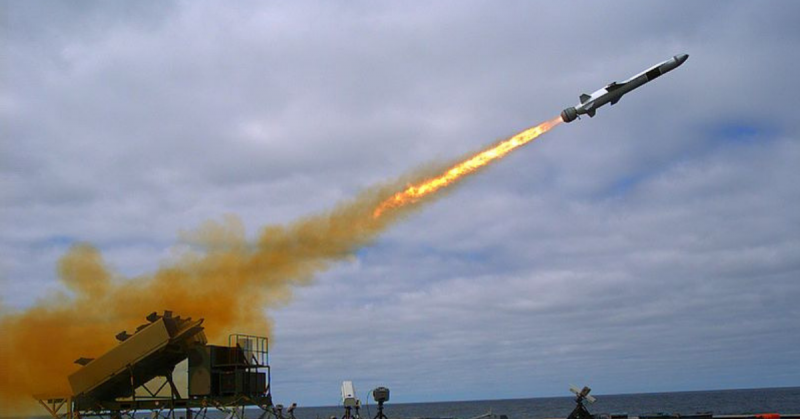The advent of rocket technology in 1944 changed the face of warfare and set the stage for the Cold War, defining the second half of the twentieth century. On November 11, 1944, Prime Minister Churchill disclosed to Parliament that Britain had, at last, come under attack by the Nazi’s feared V2 Rockets.
“The weapon flies through the stratosphere, reaching an altitude of sixty or seventy miles, and because of its high speed – out-stripping sound – no reliable public warning can be given,” Churchill said.
Although Germans used both V1 and V2 rockets during in the bombing of London, the first rocket to strike Britain was a V2. It fell in southern England and hit a road.
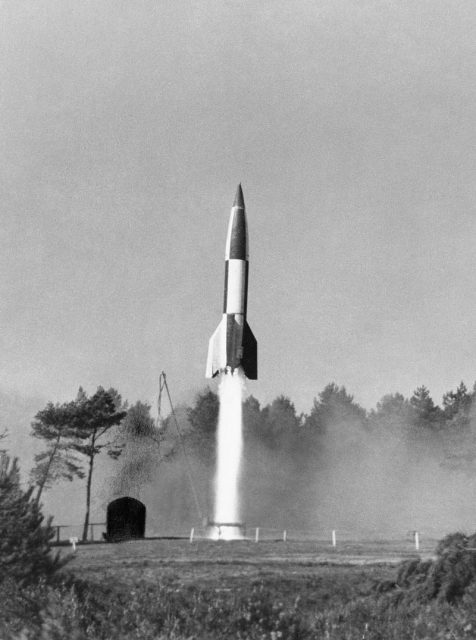
There was a massive explosion which resulted in the destruction of a row of houses, and three people were killed. However, because there had been no warning given and no engine sound, unlike the so-called “buzz-bombs” or V1 flying bombs, it was not at first apparent what had caused the explosion.
Some speculated that a bomb had fallen from a lorry or a gas tank had exploded. The damage was much more concentrated than that caused by the V1, and the noise was much louder. Reports varied from the sighting of a “hurtling silver pencil” to hearing a short, sharp whistle.

Despite its clearly deadly payload, the V2 was not the most reliable delivery system. The simple targeting system meant thirty-five percent of the missiles never landed anywhere near their intended targets, and ten percent never made it off the launch pad.
One might think that, as technology developed over the last seventy years, rockets would become ever more reliable and accurate. Rocket technology has propelled humans faster than the speed of sound and taken us into space, all the way to the moon. However, the rocket that has never failed simply does not exist.
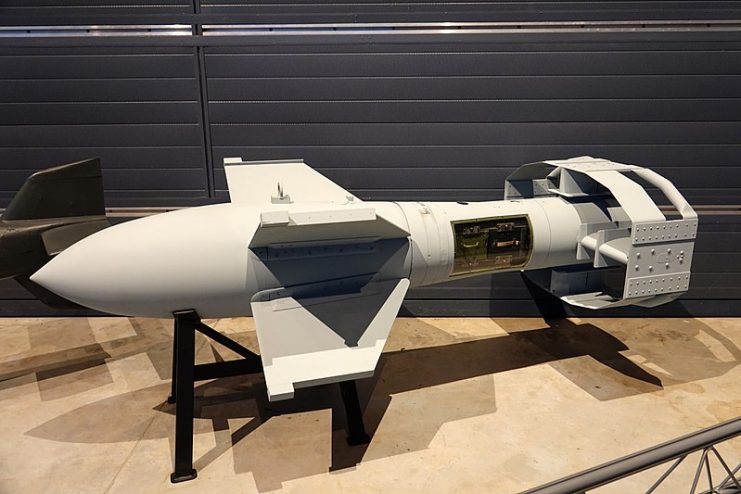
The worst offenders are the Russian S-300 missiles. If a rocket fails to fire after its launch, it will come straight back down, sometimes with devastating effects. Despite military secrecy, there are many videos of S-300 failures online.
However, the Russians do not have problems with just the S-300. The Proton-M has been known to nosedive in a perfect arc back to Earth. These days, that kind of accident can set back a research program to the tune of $200 million in scientific equipment.
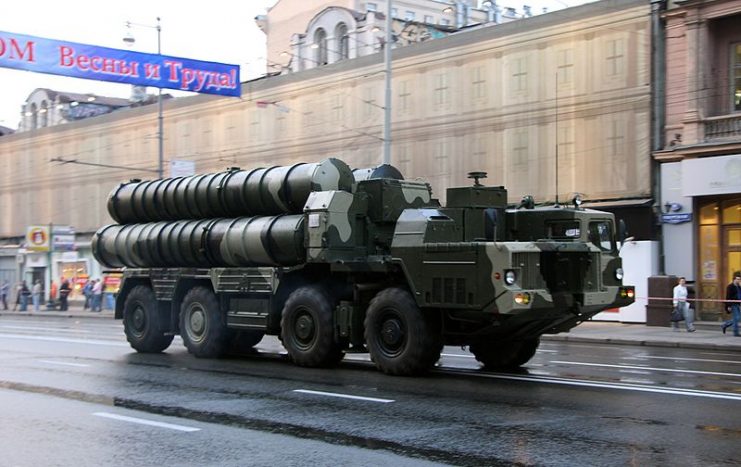
The Chinese are also not immune from rocket failure, despite their Hong Qi9 missiles that are based on the Americans’ Patriot systems.
In the Ukraine war in Donbass, an OTR 21 Tochka missile appeared to have destroyed its own launcher. Another successfully rose into the sky following the first explosion.
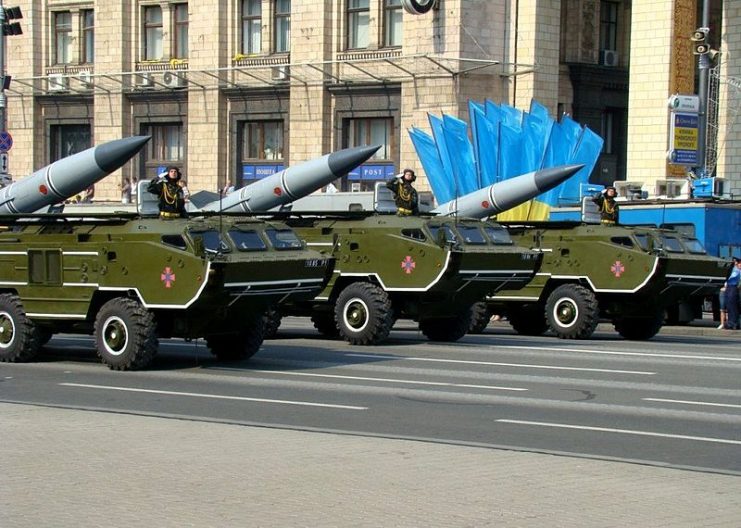
The American Atlas Agena rocket was successfully launched 109 times between 1960 and 1978 with only three failures, which is a good record.
One failure was unusual in that it was caused by depressurization. The unique construction of this rocket meant that it received much of its strength from the pressurization of the fuel payload. On this occasion, an air bubble developed in the propellant fill and drain system, which in turn created a hydraulic ram effect that loosened the liquid oxygen connection. When it drained out onto the launch pad, the weight of the upper section caused the rocket to buckle.
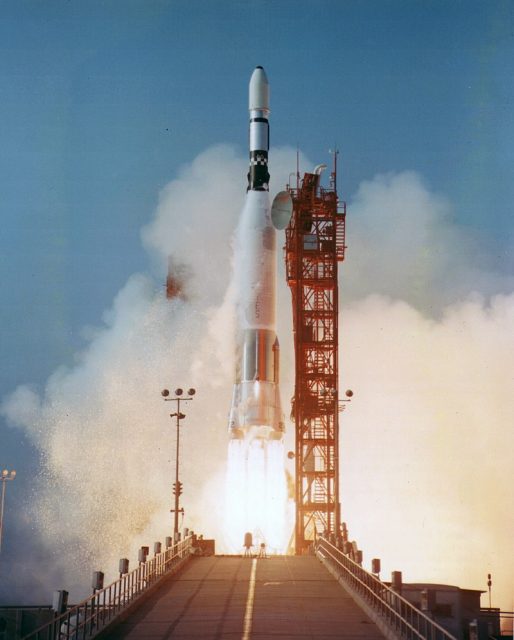
The American Bomarc IM-99 Sentinel rocket, which had a nuclear payload, was based at several centers across North America. They were installed in split-silo “coffins.” Magnesium was used extensively in the construction of the Bomarc airframe, which made it impossible to control any accidental fires with water, as water helped to accelerate the burning.
At Maguire Airbase in New Jersey, there was a “Broken Arrow” incident on June 7, 1960. A Broken Arrow incident is one in which a nuclear warhead becomes compromised. The area remains cordoned off as a no-go area to this day.
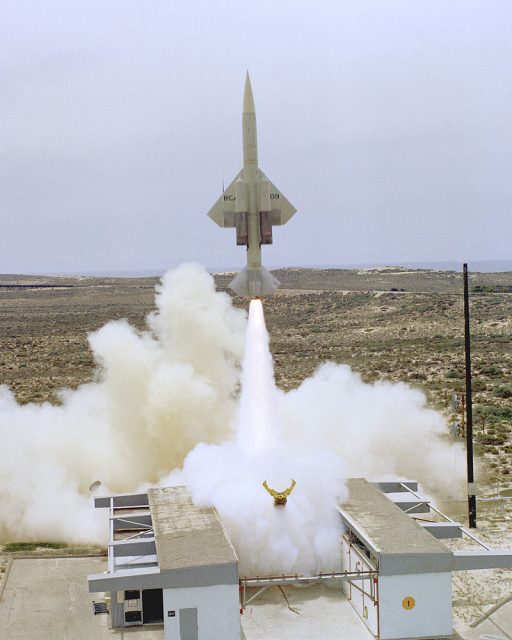
The British Royal Air Force also discovered that rocket launches don’t always go as planned. Sometimes they end up “all in the water” rather than where they were supposed to be headed.
Advances in rocket technology mean that they can even be launched from submarines, but this does not imply that Trident II is immune from disaster. The first trial launch of a Trident II D5 saw the rocket spin in mid-air above the waves before crashing back into the ocean in fragments.
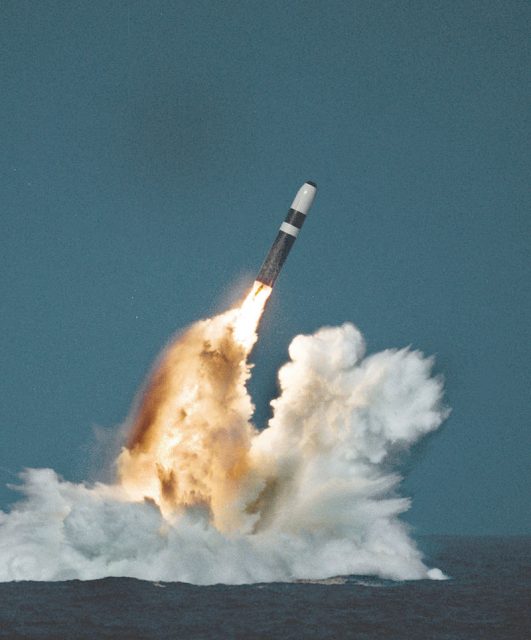
On November 21, 1960, the American Mercury project managed to launch only the escape capsule in an event that became known as the “Four-inch Flight.” It was one of the most embarrassing fiascos ever suffered by NASA, at that time the USA’s fledgling space agency.
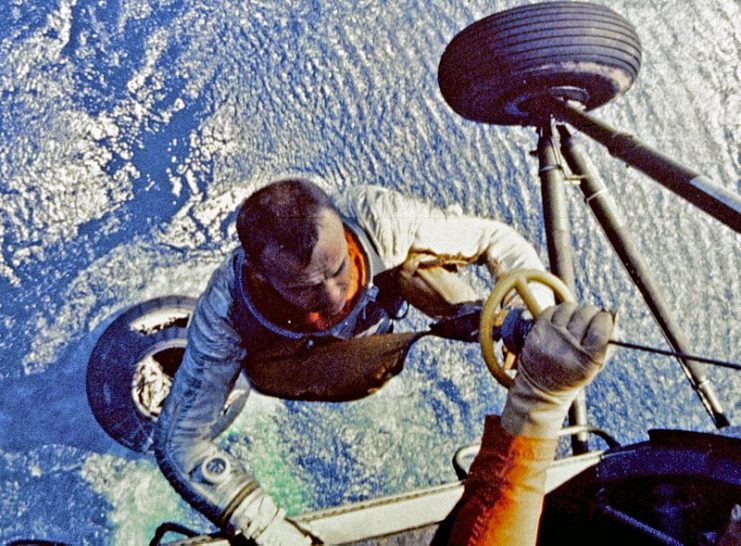
Read another story from us: Not Everyone Gets a Rocket – Building ICBM’s is Still No Easy Task
As recently as June 2018, Japan’s private space agency, Interstellar Technologies, had to deal with the fact that rocket technology is a fickle enterprise, when their Momo-2 rocket failed to clear the launch pad.
Nearly seventy-five years after Churchill’s words to Parliament in 1944, rocket technology has been through many iterations, but remains as deadly and difficult to control as ever.
